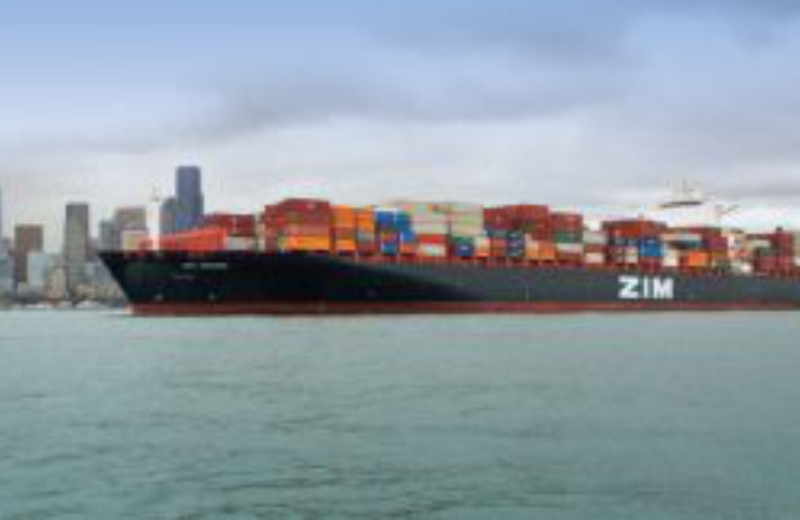August 18, 2020: Israeli carrier ZIM has developed and implemented an artificial intelligence-based screening software to detect and identify incidents of misdeclared hazardous cargo before loading to vessel. Misdeclared cargoes have been the source of many boxship blazes in recent years with liners keen to find a solution to the issue.
The new ZIMGuard system scans shippers’ cargo declarations at an early stage and flags potential cases of wrongly declared cargo. The system harnesses AI, including natural language processing (NLP) capabilities and machine learning, to analyse documentation and alert operations personnel of occurrences of omission, concealment or erroneous declaration of hazardous cargo in real time.
The ZIMGuard system is already in use in major ports in China, the US and Israel, and is expected to be deployed in all ZIM routes by the end of the year. Moreover, the Israeli carrier is willing to licence its new technology to its peers.
Eli Glickman, ZIM president and CEO, commented: “Developing this innovative system exemplifies the creative and unique approach we cultivate in everything we do in ZIM – our secret ingredient. Since launching ZIMGuard, we were alerted to dozens of cases of misdeclared cargo. In view of ZIMGuard’s potential contribution to the safety of the global supply chain, ZIM is willing to commercially offer licensing this system to parties who may be interested in utilising it.”
According to the Cargo Incident Notification System (CINS), nearly 25% of all serious incidents onboard containerships are attributable to misdeclared cargo.
While the exact breakdown of cargo contents varies by container, it’s well known that at any given time, between 5-10% of an average containership’s cargo is declared as hazardous goods and approximately 12% of global container trade comprises dangerous goods. However, it’s nearly impossible to know how much dangerous cargo is undeclared, or misdeclared.
There are plenty of initiatives across the liner sector looking at ways to tackle the issue of misdeclared cargoes.
Blockchain technology has been trialled over the past year.
Maritime Blockchain Labs (MBL), founded by blockchain technology and governance experts BLOC and the Lloyd’s Register Foundation (LRF), has established a consortium to explore the use of blockchain in tackling the significant risks and challenges associated with the declaration and handling of dangerous goods
Elsewhere, Exis Technologies, which has detailed knowledge of the IMDG Code Dangerous Goods List and stowage requirements, has this year categorised each commodity on the list by UN Number, placing it in an appropriate risk zone. Exis has put its Hazcheck Risk Zone Data online as a free resource to all involved across the container supply chain.
Source: SPLASH247.COM






